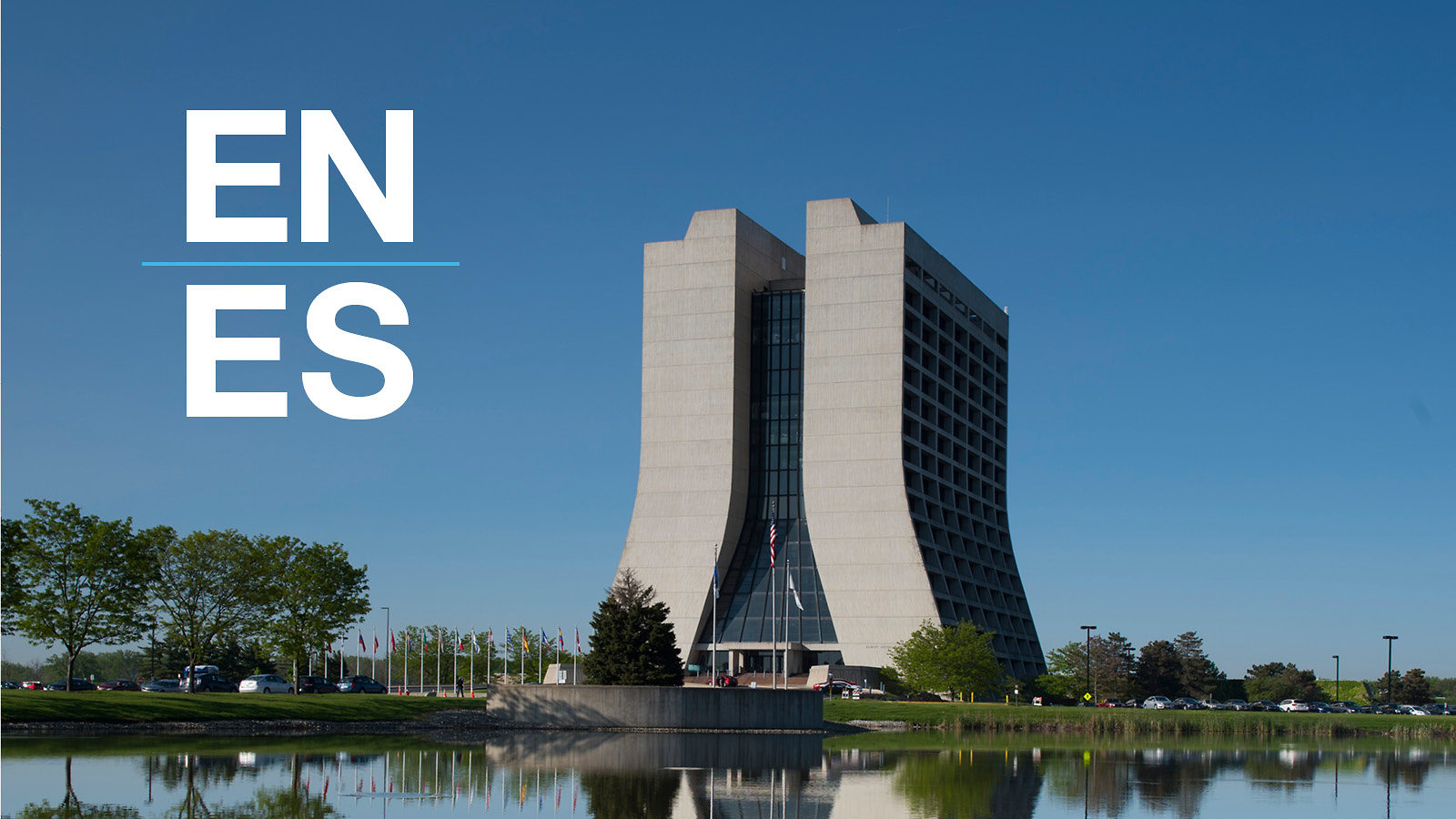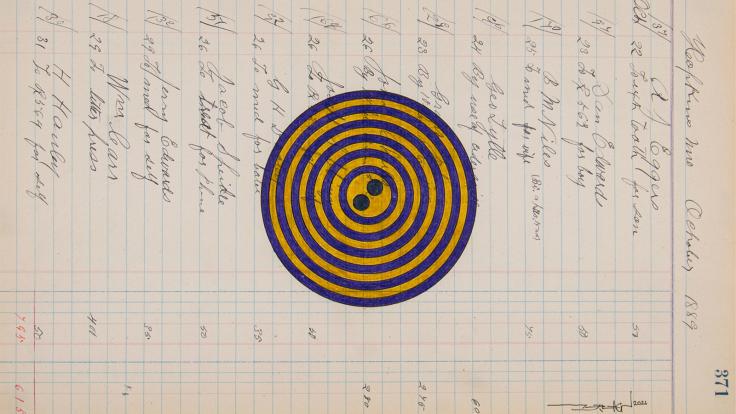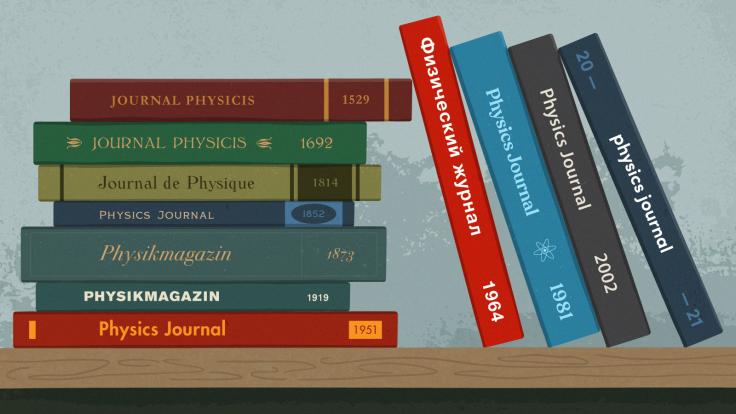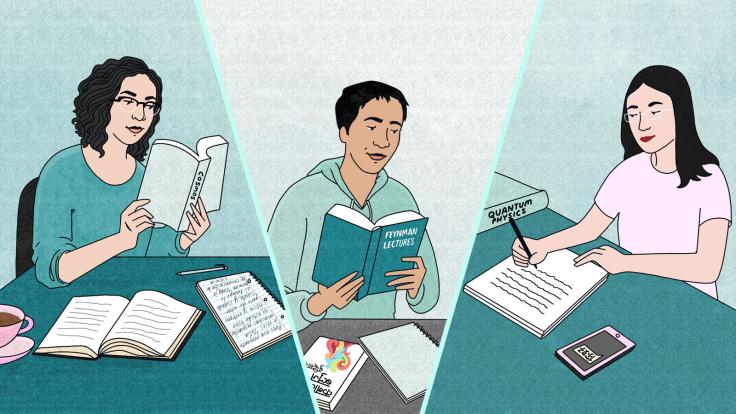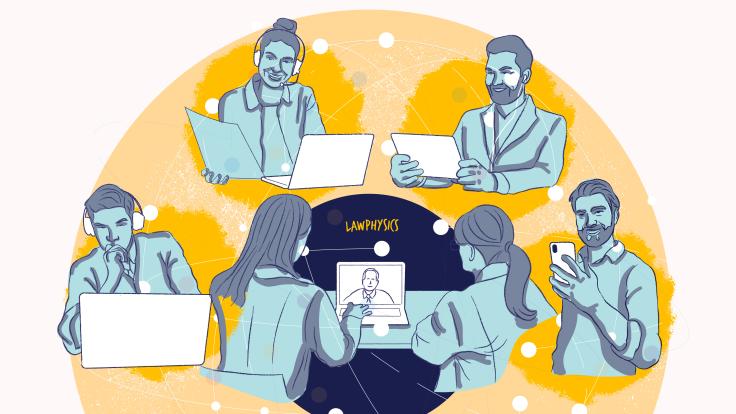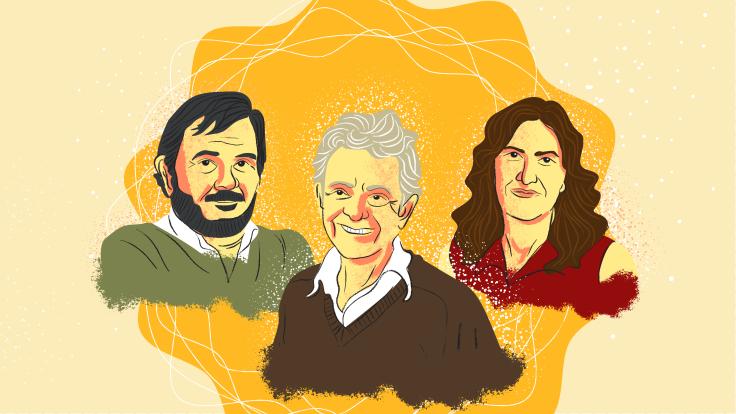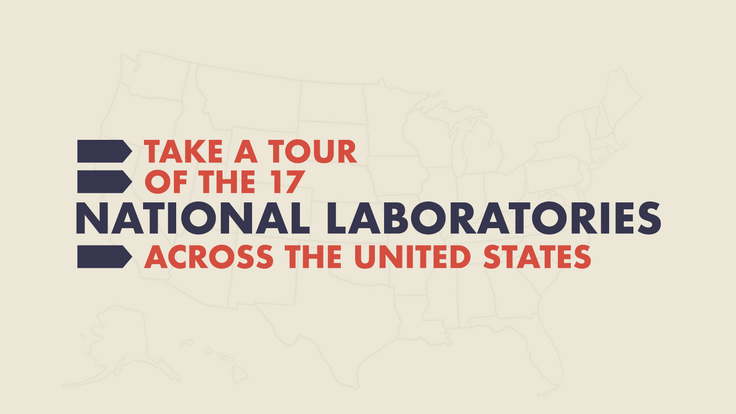Marylu Reyes and her 12-year-old daughter live just a few miles north of Fermi National Accelerator Laboratory, in West Chicago, Illinois, a town of 27,000 residents with a significant Spanish-speaking population.
When her client, a Fermilab employee, told her the big lab down the street was hosting an event given entirely in Spanish, Reyes and her daughter excitedly marked the date.
What they saw at Fermilab's Pregúntale a un Científico—Ask a Scientist—blew them away.
“When I walked through the lab, it was just like the movies about NASA: big rooms, computers, all that equipment. You felt like you could be a part of it,” says Reyes, who heard presentations on particle accelerators, dark matter and neutrinos. “It was a great opportunity to see it — in our language.”
March’s Pregúntale a un Científico was the first time Fermilab had offered its Ask-a-Scientist, one of the lab’s mainstay public-outreach programs, in Spanish. In fact it was Reyes’ client, Griselda Lopez, who spearheaded the effort. And through the civic engagement of Fermilab’s Hispanic/Latino Forum, a resource group, the successful event, which drew nearly a hundred people, demonstrated the great interest from the surrounding Latino community in the laboratory’s work.
Pregúntale a un Científico is just one part of Fermilab’s ongoing effort to reach Spanish speakers.
Fermilab is currently developing Spanish-language science materials for the classroom. And it has twice hosted a bilingual conference for a local organization that encourages Latina middle school girls to pursue a STEM education.
“As I was doing these outreach activities, I figured out that it’s not just about science,” said Erika Catano Mur, an Iowa State University graduate student on Fermilab’s NOvA neutrino experiment who has led Spanish-language tours at the lab. “There’s a wall that Spanish-speaking people face that you’re not always aware of. They say, ‘You tell me to go to this website, to call this person to learn more. Do they speak Spanish?’ So we're looking at what’s already out there in Spanish and what more is needed.”
Catano Mur learned English in school in her home country of Colombia, and she speaks English daily at work. Minerba Betancourt, a Fermilab scientist on the MINERvA neutrino experiment who gave presentations at Pregúntale a un Científico, started speaking English regularly only after she came to the United States for graduate school from Venezuela. She continues to speak Spanish with her family.
“I’m proof that you can do science in your second language,” Betancourt says.
Catano Mur says she rarely does physics in Spanish, since her first language becomes her second language when it comes to physics.
“If I’m talking to another Spanish speaker at the lab, then it can come out in Spanglish, because the science terms come to me much faster in English,” she says.
When talking with nonscientists, Betancourt says, neither language is more difficult than the other. The real translation challenge is moving from jargon into plainspeak.
It wasn’t just scientists interacting with the attendees at Pregúntale a un Científico. Nontechnical staff were also there to mingle and answer questions.
“We have a rich Spanish-speaking community at the lab—employees, graduate students and postdocs from Latin American and US institutions,” Betancourt says. “Each volunteer contributes something to the wonderful science program at Fermilab.”
The attendees came from all over—not just the surrounding suburbs. Betancourt met one family from Chicago, 40 miles away, and another who lives in Argentina and just happened to be in the area.
When it comes to the lab serving as an educational resource, it is of course nearby residents who have the most to gain, being a stone’s throw away.
“We have a good community with a great potential for students who could be physicists and engineers,” Betancourt says. “That’s an opportunity I didn’t have — to go to a nearby lab to see what they do.”
It’s as much a chance for the parents as for the children to learn about science careers.
“The parents are very involved. They sometimes have the idea that if you go into physics, you can be only a high school teacher and have to live a lonely life,” Catano Mur says.”“Any information beyond that is surprising.”
Her goal is to make it less so.
“The Hispanic community here has a big opportunity to get involved in science. A lab like this doesn’t exist in many parts of the world,” Catano Mur says. “A couple of science talks can get the process started.”
Reyes is already well on her way. Even before attending Pregúntale a un Científico, she assumed the role of town crier, distributing flyers about the event at local supermarkets, her daughter’s middle school and her church. It seems to have worked: She saw several friends and acquaintances there.
“I’m so happy that they did this for us. My daughter said, ‘Mom, this was a great experience.’ Reyes says. “I had heard about Fermilab, but I didn’t really know what it was. Now, we feel so welcome.”



